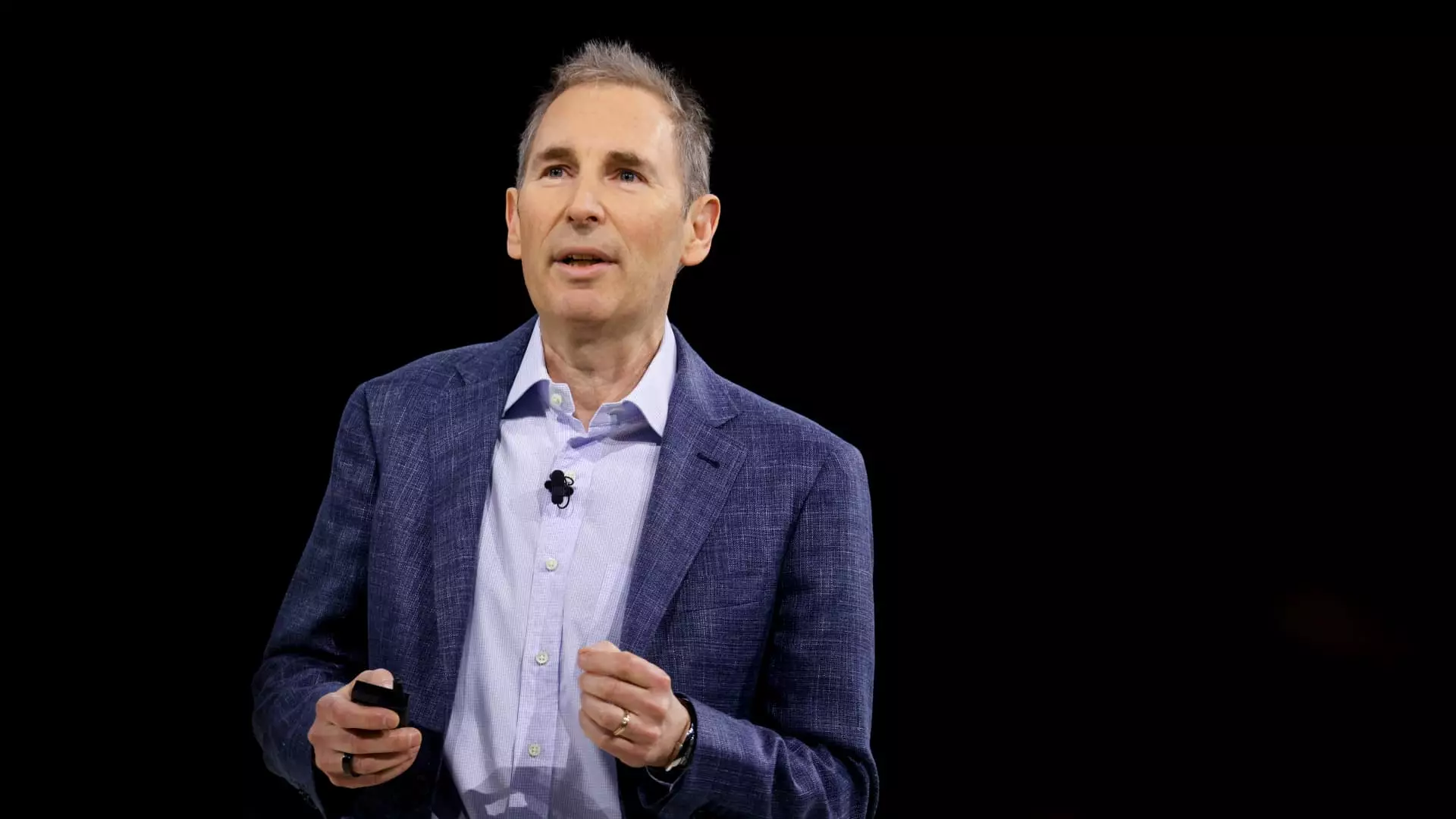The rapid integration of artificial intelligence (AI) into the corporate ecosystem is reshaping traditional employment paradigms, and Amazon’s recent revelations underscore this stark reality. Andy Jassy, Amazon’s CEO, candidly acknowledged that generative AI will inevitably reduce the need for some roles by automating routine tasks. While this admission highlights a potentially uncomfortable truth about job displacement, it also hints at AI’s capacity to spawn new types of employment. The challenge lies in recognizing that AI’s march is neither inherently good nor bad—it’s a catalyst of structural workforce evolution demanding strategic foresight.
What is particularly striking in Jassy’s remarks is his nuanced acknowledgment that while certain job functions will diminish, others—especially those requiring creativity, advanced problem-solving, and innovation—will flourish. This is not a simple story of replacement but a complex one of transformation, where human roles increasingly pivot from manual, repetitive tasks to those anchored in oversight, enhancement, and novel innovation driven by AI capabilities.
Broader Industry Trends Reflect an AI-Powered Shift
Amazon’s trajectory is emblematic of a larger trend coursing through the tech world. Salesforce’s CEO Marc Benioff highlights AI’s dramatic capability by admitting the technology now handles 30% to 50% of the company’s workload. Klarna’s experience of shrinking its workforce by roughly 40% through AI investments further illustrates just how profound this technological shift can be. Concurrently, giants like Microsoft and Shopify are actively encouraging employees to embed AI tools in daily operations, signaling a mainstream acceptance of AI as a productivity multiplier rather than merely a job displacer.
However, the simultaneous reality of continuous layoffs at major players, including Amazon’s reduction of 27,000 roles since 2022, paints a more sobering picture. These layoffs are a strategic response to evolving business needs and economic pressures, but the overlay of AI accelerates these shifts in workforce composition, intensifying the human impact of technological change.
Reimagining Work: AI as Facilitator, Not Just Terminator
One of the more optimistic elements Jassy presents is the potential for AI to lift employees out of monotonous “rote work,” liberating human capital to focus on more engaging and intellectually stimulating tasks. This viewpoint aligns with a vision of AI as an augmentation tool, not a wholesale replacement for human ingenuity. The crucial implication here is that businesses must redouble efforts in retraining and upskilling their workforce. Investing in human adaptability is not optional—it is paramount if companies want to harness AI’s benefits while mitigating job losses.
Unfortunately, the reality thus far indicates a disconnect between AI’s promise and the pace of workforce reskilling. The risk is a growing divide where displaced workers face shrinking opportunities without adequate support, deepening socioeconomic inequality. Corporate responsibility must extend beyond automation economics to encompass holistic workforce transition strategies that prioritize employee empowerment and long-term career viability.
Market Performance and Investor Sentiment in the Age of AI
Despite the profound operational shifts, Amazon’s stock has underperformed relative to tech peers such as Meta, Microsoft, and Nvidia, which have flirted with new all-time highs. This could reflect investor uncertainty about how effectively Amazon will manage the AI transition internally and how these workforce changes translate into sustained competitive advantage and growth. The market seems to reward firms that not only adopt AI but also demonstrate leadership in monetizing it—the so-called “AI winners” who translate innovation into exponential financial returns.
Amazon’s cautious acknowledgments, ongoing layoffs, and the balancing act between efficiency and employment highlight the difficult road ahead. Companies navigating this AI revolution must strike a delicate balance: embracing technological advancement aggressively while honoring their human capital’s dignity and potential. Failure to do so risks reputational damage, lower employee morale, and ultimately, diminished innovation capacity.
The narrative is clear—AI is not a distant hypothetical but an immediate operational reality. How industry leaders manage this shift will define the workforce landscape for decades to come.


Leave a Reply